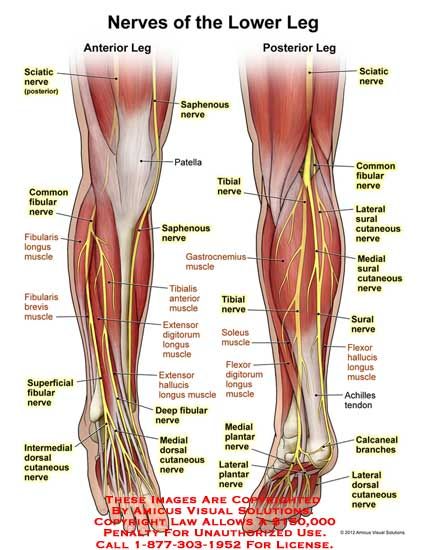Why are my legs tired?
Tired legs are a fairly common symptom with a variety of underlying factors. You may have an increased risk for tired legs if you’re female, overweight, or older. Tired legs can also occur in people who regularly sit or stand for extended periods of time.
Read on to learn more about this symptom, including common causes and treatments.
A variety of factors can cause tired legs. Tired legs may be accompanied by pain, soreness, or cramping. Tired legs aren’t usually a cause for concern, but it’s still important to pay attention to your body when tiredness occurs. This is especially so if you have other symptoms.
Here are some possible causes for tired legs:
If you’ve recently used your legs more than normal, they may feel tired. Make sure you’re getting enough rest and working within the limits of your body. This will help you avoid stress, strain, and injury.
If you frequently use your legs while working, take plenty of breaks throughout the day.
Not using your legs can also cause leg tiredness. If you have to sit for extended periods, make a point to stand and be active for at least five minutes every hour.
If you’re spending an extended amount of time in bed, do simple leg-raising exercises and stretches each hour. Elevate your legs on pillows.
Overuse of your legs can lead to muscle cramps. Muscle cramps can cause your legs to feel tired.
Allow your legs and body plenty of time to rest until your symptoms subside. See your doctor if cramping becomes severe. Here are more ways to stop leg muscle cramps.
Hypokalemia occurs when you have low levels of potassium in the bloodstream. This can cause:
Certain medications or conditions may cause hypokalemia. See your doctor to determine the underlying cause and best treatment option for you.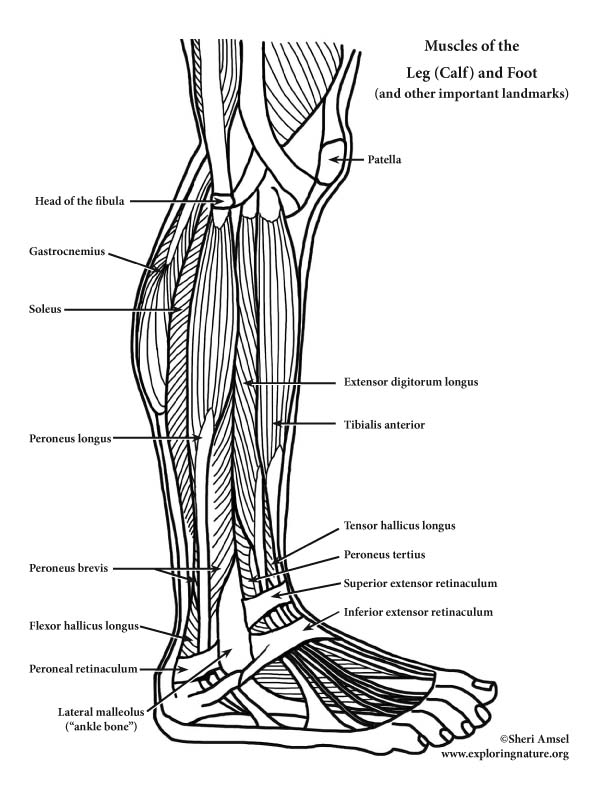
You may have tired, heavy, or aching legs if you have varicose veins. These occur when your veins don’t work properly and begin to collect blood. This causes your veins to enlarge and swell.
Usually self-care measures, such as exercise, elevation, and compression stockings, can help alleviate these symptoms. See your doctor if your symptoms don’t improve.
Your legs may feel tired or fatigued if your blood isn’t circulating through your body properly. Poor circulation often affects the lower part of your body since it’s harder for blood to flow upward toward your heart. Sometimes blood can collect in your legs, ankles, and feet.
You may be able to improve poor circulation by:
See your doctor if you’ve taken steps to improve your circulation but haven’t seen improvement. Your doctor may prescribe medication to improve your circulation.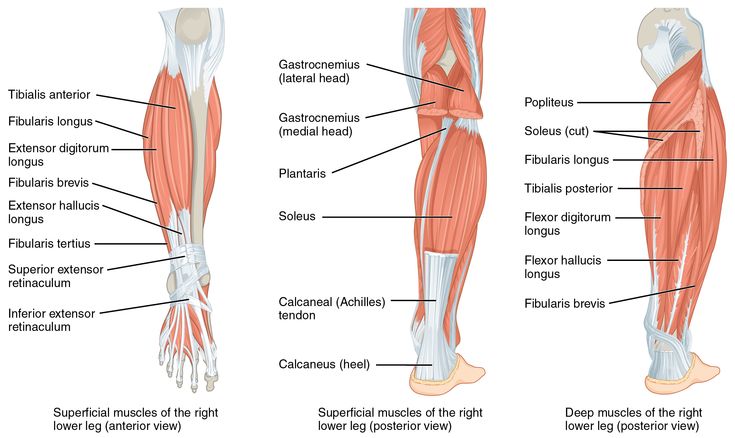
Swelling in pregnancy can be caused by:
Your legs may feel tired and uncomfortable as a result. You may experience cramping and varicose veins.
Sleeping on your left side can help reduce some of the pressure from the vein that circulates blood from your lower body to your heart. You can also try these five exercises.
See your doctor if you experience any sudden or severe swelling. This could be a sign of preeclampsia.
Muscle fatigue or heavy legs can be a sign of MS. In fact, fatigue is the most commonly reported symptom among people with this condition. Heat and humidity may make fatigue worse.
MS causes fatigue because the condition affects your nerves and disrupts the communication between your brain and your muscles.
Other symptoms of MS include:
MS requires a diagnosis from your doctor.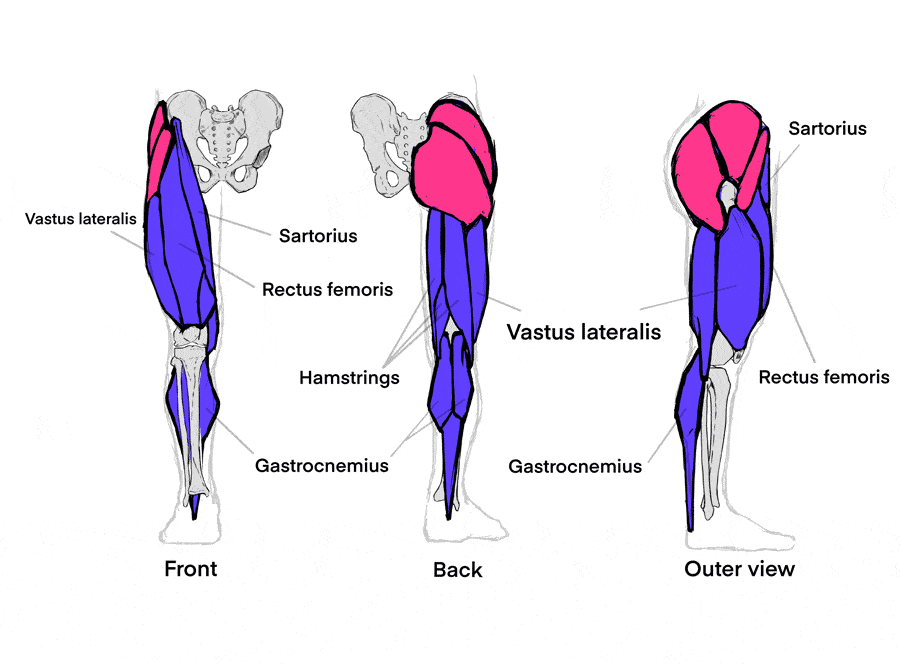 Talk to your doctor if you suspect MS.
Talk to your doctor if you suspect MS.
In many cases, you can treat tired legs at home.
Dry brushing may help stimulate circulation, boost energy, and promote lymphatic drainage. An added benefit of dry brushing is that it can help exfoliate your skin.
Use a brush with natural bristles. Start with your feet and move upward toward your heart. Do this for 10 to 15 minutes before a cool shower.
Soaking in a warm bath can help you relax while taking pressure off your legs and boosting circulation. Add up to 2 cups of sea salt, Epsom salt, or baking soda. Soak in the bath for at least 20 minutes.
A foot bath may help revive tired feet by reducing aches, pain, and inflammation.
Add 1 cup each of Epsom salt, sea salt, and vinegar to a warm tub of water. Soak your feet for at least 20 minutes.
One study found that using apple cider vinegar topically may help reduce varicose veins symptoms, such as cramping, pain, and fatigue.
You can rub the vinegar onto your legs, or you could try adding some to a bath.
This approach involves the following:
This technique may help improve circulation as well as relieve discomfort and swelling.
A massage may help relieve leg fatigue. If it’s possible, book a massage with a certified massage therapist. You can also practice self-massage by rubbing an oil or ointment into your feet and legs.
You may wish to use a capsaicin gel or cream for pain relief and improved circulation.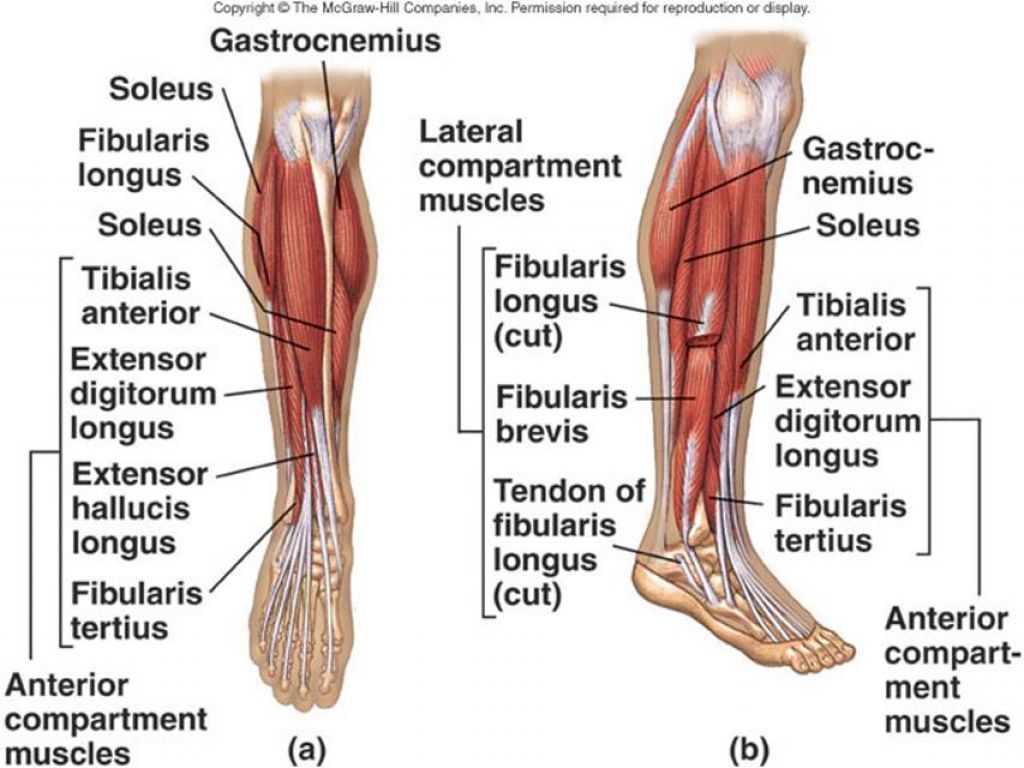
There are some simple exercises you can do to help relieve tired legs. Even a minute of these exercises can get your blood flowing.
There are some things you can do to prevent or reduce your risk for tired legs:
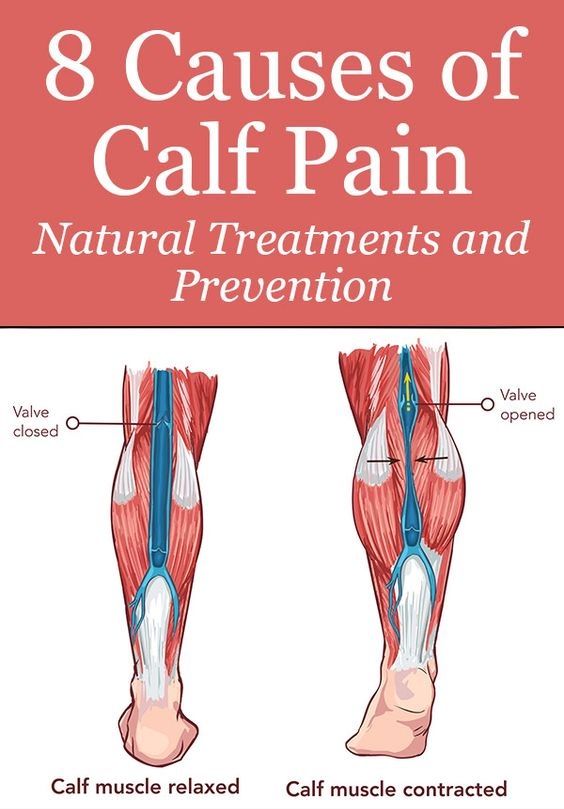 Add padded insoles for additional support.
Add padded insoles for additional support. Usually, resting and home remedies will be effective in relieving tired legs. However, if your legs still feel tired after at-home treatment or if the tiredness has persisted for more than a few days, make an appointment with your doctor.
Also see your doctor if you’re experiencing any pain, dysfunction, or discomfort. Your doctor can determine if there’s an underlying condition that’s causing your legs to be tired.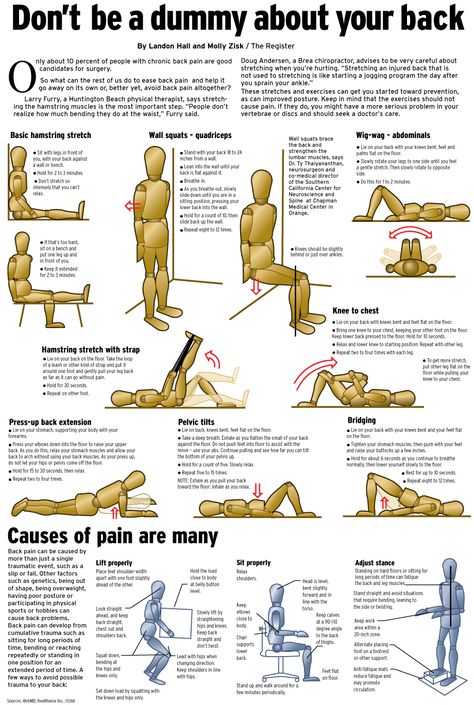
In most cases, taking time to rest and take care of yourself will be enough to regain energy in your legs. Your legs do a lot for you. They deserve a bit of special treatment every now and again!
But if you regularly experience a feeling of tiredness in your legs or have unexplained pain or swelling, talk to your doctor.
A person who has tired legs may also experience leg pain, cramping, and soreness. If a person occasionally has tired legs, they may be able to resolve the symptoms easily with rest or gentle movement.
If the heaviness involves additional symptoms, is out of the ordinary, and has no apparent cause, it may be the result of a condition that requires treatment.
Here are some of the possible causes for tired and heavy legs:
It can be normal for the legs to feel tired after vigorous exercise, especially when a person works out more than they would usually.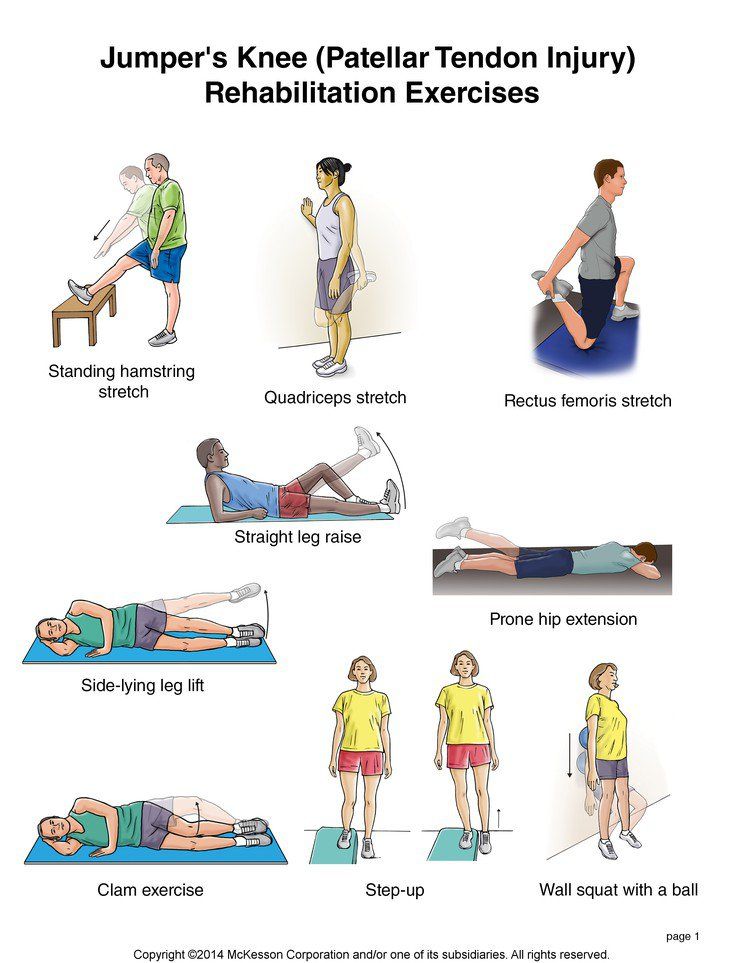
Without proper rest, muscles, including those in the lower body, are unable to recover properly. Working out too hard or without proper rest may lead to a feeling of tired, heavy legs.
Proper rest reduces the chance of health issues and undue stress on the body.
People who stand all day for work are also at risk for leg-related symptoms, including tired, heavy legs. If possible, these individuals should take frequent breaks to rest their legs and avoid overuse.
Limited movement can also cause leg fatigue. People who sit all day or take time off from exercise may experience heaviness in their legs.
Resuming activity or taking breaks to stand and walk throughout the day can help.
People with restless leg syndrome experience uncomfortable sensations in the legs, such as aching, throbbing, and the urge to move these limbs. The condition often occurs at night and disrupts sleep.
Moving the legs can provide temporary relief and resolve the discomfort.
Too much exercise or inadequate stretching of the muscles can lead to cramping in the legs. Cramping can range from a small tic to severe pain, and the legs may feel tired and heavy.
People with cramping should rest until it goes away. If cramping persists or occurs frequently, they should seek medical help.
People with varicose veins may experience heavy, tired legs.
Those with this condition have veins that do not adequately circulate blood. When blood does not circulate properly, it begins to pool, causing the veins to swell.
The following home remedies can help with varicose veins:
People whose symptoms do not improve should make an appointment with their doctor.
When a person is low in potassium, they may experience hypokalemia which can cause:
Some medications may cause hypokalemia.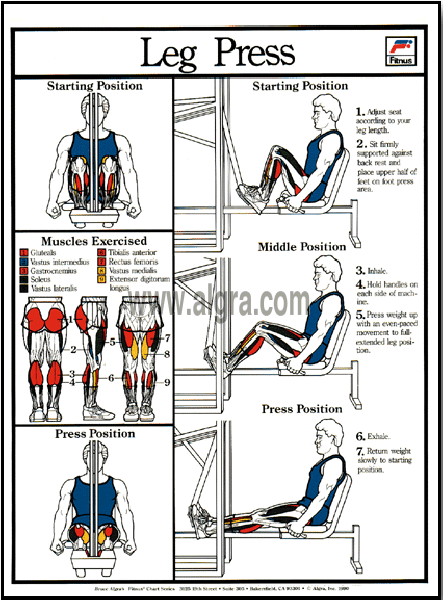 A doctor can verify whether drugs or an underlying condition is the cause.
A doctor can verify whether drugs or an underlying condition is the cause.
People with CVI have weak veins and valves, which lead to poor circulation. Those with the condition may experience leg tiredness, swelling, and varicose veins.
Researchers have associated prolonged standing, such as for work, with an increased risk of CVI, as standing strains the body’s veins.
Other risk factors for CVI include:
For people who have no other complications, the treatment for CVI usually involves compression therapy, such as wearing compression stockings.
Pregnancy can cause leg swelling, which can be uncomfortable and lead to tiredness in the lower body. Leg swelling is the result of:
Anyone with sudden or severe swelling during pregnancy should seek medical help, as it may be a sign of preeclampsia.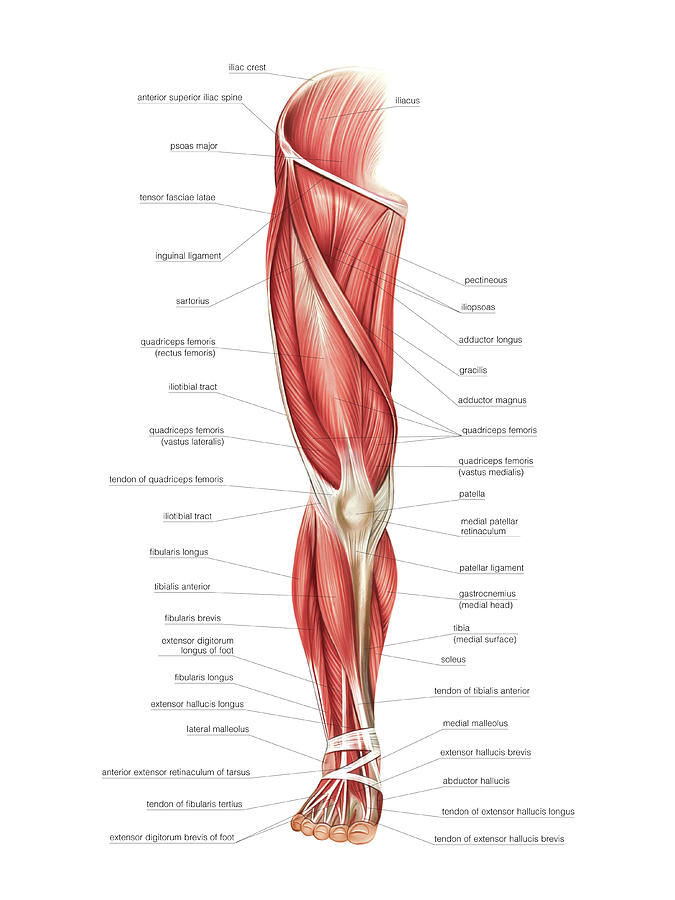
Obesity is a medical condition that occurs when a person carries excess weight or body fat. People with obesity may experience tired, heavy legs.
Added weight puts pressure on the joints, tendons, and muscles in the lower body.
People with obesity have lower relative muscle strength in their legs than those without this condition. This lack of relative strength can cause the leg muscles to feel weak and tired.
PAD is a circulatory issue that affects the body’s veins and arteries. Symptoms begin when fat clogs the arteries and blocks blood flow.
PAD symptoms, including tired limbs and aching muscles, are common in the legs because PAD can limit circulation in the lower body.
The following are risk factors for PAD:
People with MS commonly experience muscle fatigue, including in the legs.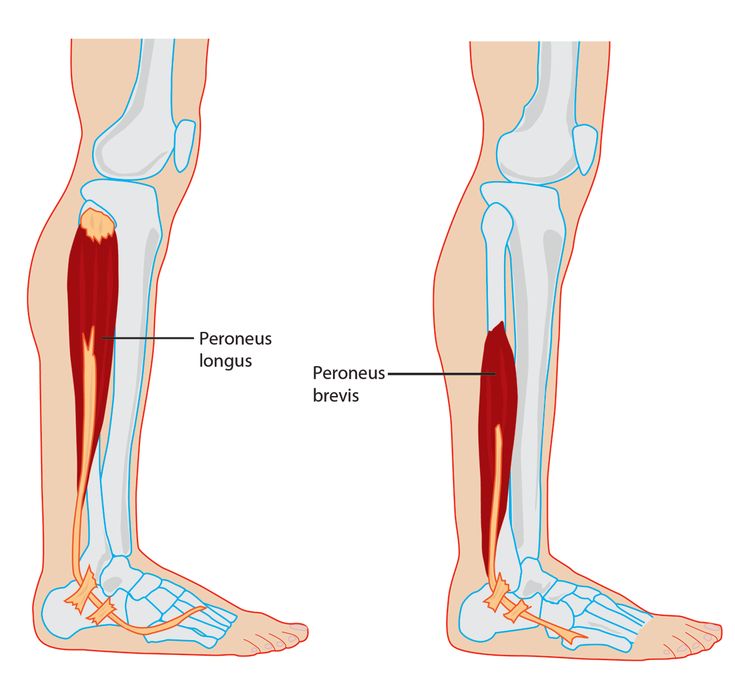
MS fatigue occurs because of impaired nerve signaling between the brain and muscles.
People with MS may also have the following symptoms:
Anyone who suspects that they have MS should see a doctor for a diagnosis.
People can try the following home remedies to relieve their symptoms until they receive a diagnosis and treatment plan from a doctor:
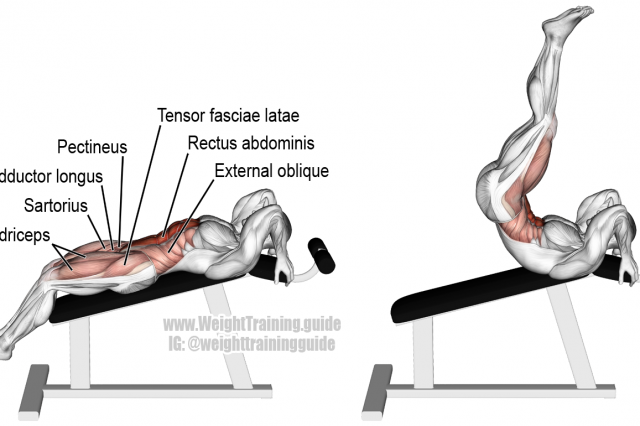
People can schedule rest days after vigorous exercise to prevent overtraining, which can also cause tired legs.
It is normal for people to have tired, heavy feeling legs occasionally. A person may experience aches and pains for several reasons, including exercise, inactivity, and work habits.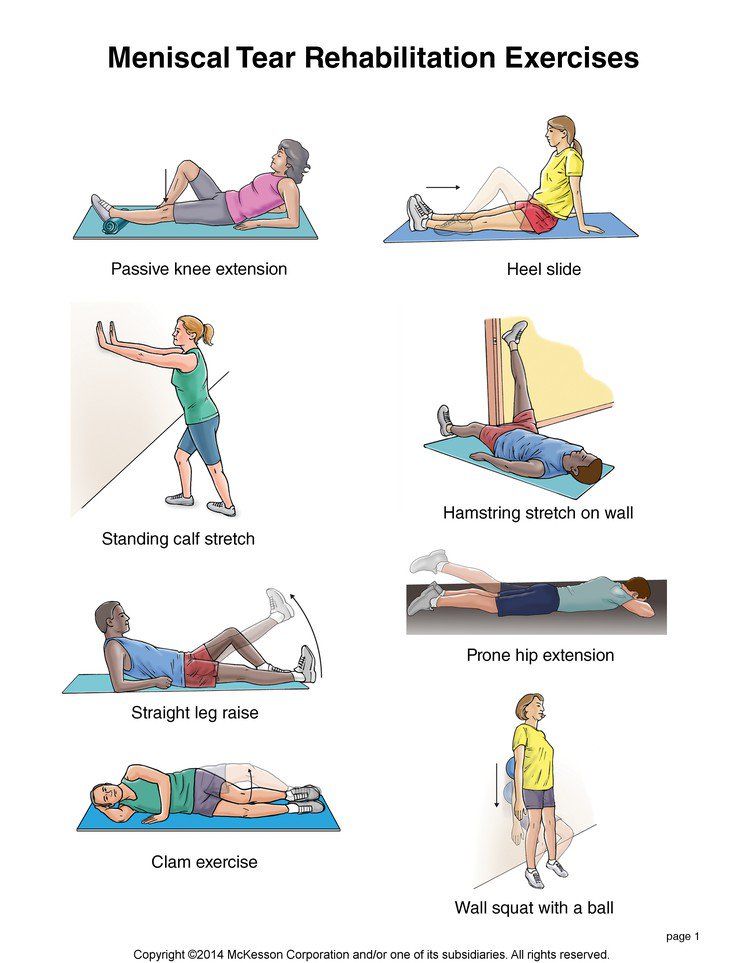
If the tired feeling does not go away with rest and involves other symptoms, a person should see their doctor for a checkup.
Depending on the root cause of a person’s leg tiredness, a doctor may recommend lifestyle changes or recommend or prescribe:
Tired legs are a normal part of life. People can experience tired, heavy legs after strenuous exercise or a long day sitting or standing at work. People may find that the discomfort resolves with rest or home remedies.
If a person’s legs feel tired all the time, and the feeling does not ease with rest and home remedies, it is advisable to see a doctor for a diagnosis and treatment plan.
{{if type === 'partner-stocks'}}
{{/if}}
{{/if}} {{each list}}${this} {{if isGorzdrav}}
Delete
{{/if}}
{{/each}} {{/if}} Search by drug, disease, substance: DERMAKOSMETIKA, SOLGAR, R.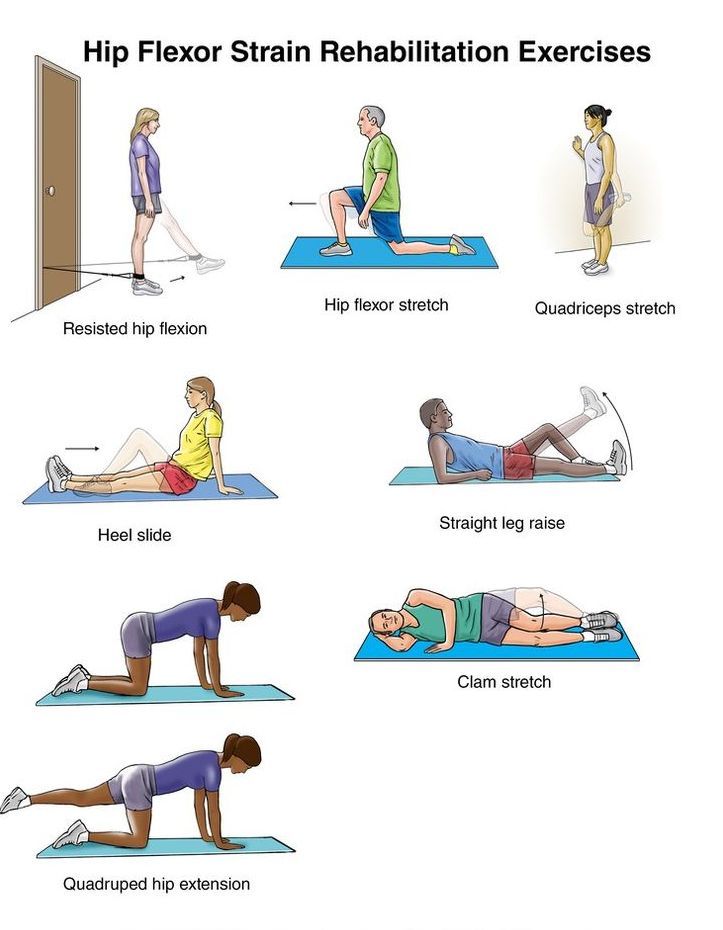 O.C.S., Bifiform,
O.C.S., Bifiform, Home
Articles
How to quickly restore muscles after a workout?
Sports activities take a lot of energy. During heavy physical exertion, the muscular apparatus experiences biochemical stress, the consequence of which is pain in the muscles - krepatura. Special recovery programs allow the body to return to normal physical condition.
Regular exercise today is not only a way to maintain health, but also a fashion trend. Someone chooses a gym or a swimming pool, someone works out at home on their own. After exercise, fatigue appears, and with it a desire to do nothing. If you succumb to the mood, the body will not be able to fully relax and prepare for new loads.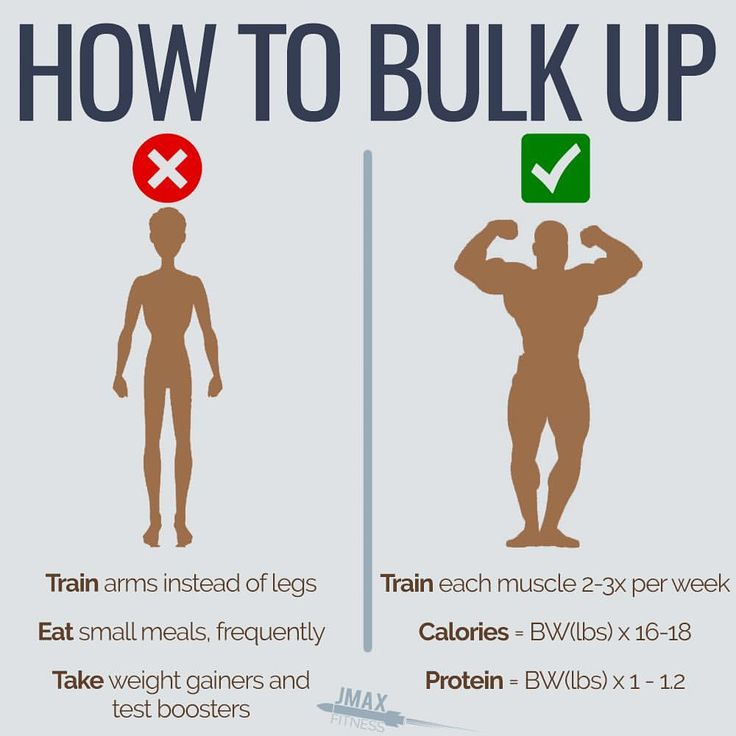 Professional athletes train to the limit, but proper post-workout recovery helps them stay energized. We will talk about the features of sleep, physical activity, sports nutrition, as well as methods for adapting muscles.
Professional athletes train to the limit, but proper post-workout recovery helps them stay energized. We will talk about the features of sleep, physical activity, sports nutrition, as well as methods for adapting muscles.
Muscle microtears, accumulation of lactic acid and its metabolites cause krepatura. If muscle fibers are overloaded too much, microdamages turn into sports injuries. To prevent this from happening, you need a personal training program that takes into account physical capabilities. Sports activities should be planned, then the rehabilitation will be quick.
Muscle recovery methods after training include:
• Gradual slowdown in the pace of sports activities. They are recommended to end with stretching, walking on a treadmill without active dynamics. In sports, the calm end of a workout is called a hitch. It is aimed at relaxing muscles, normalizing the frequency of breathing, heart rate.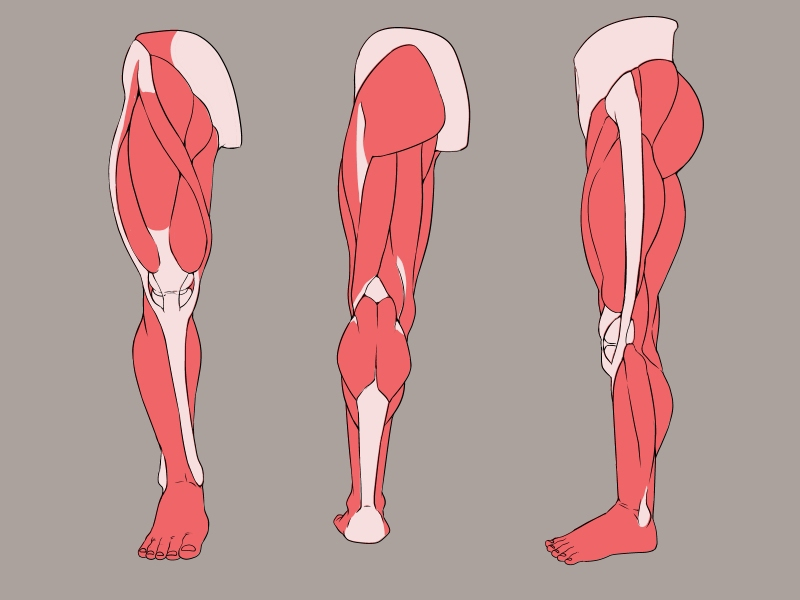
• Contrast shower. The procedure accelerates blood circulation and metabolic processes, which makes krepatura minimal. It is better to start with warm water. Next, you need to alternate, gradually raising and lowering the temperature.
• Massage using special massage products. Painful sensations are more often exposed to the legs, back. Massage will improve hemodynamics and lymphatic drainage in these areas, help to quickly relieve muscle fatigue, prevent swelling, enrich tissues with oxygen, and accelerate the processing of lactic acid. No less benefit will bring independent use of myofascial rollers, massage balls.
It is important to drink regularly during and after physical activity. How much to drink depends on personal needs. It is desirable to choose plain water - it will help to cope with physical exertion, prevent a violation of the water and electrolyte balance in the body.
After exercise, the body recovers in stages.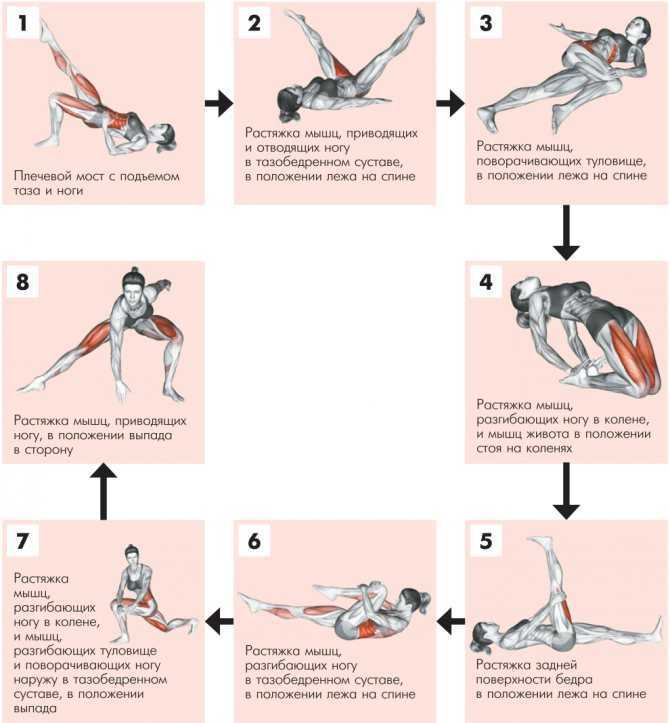 The first stage comes immediately after training. It lasts 30-60 minutes, during which you need to compensate for the lost nutrients. Muscle support requires carbohydrates - you can eat a bar, muesli, nuts, drink herbal tea.
The first stage comes immediately after training. It lasts 30-60 minutes, during which you need to compensate for the lost nutrients. Muscle support requires carbohydrates - you can eat a bar, muesli, nuts, drink herbal tea.
The second stage completes the complete regeneration of muscle tissue. How long it lasts depends on the received load and metabolism. For small muscles, 2 days is enough, for large muscles - 5 days.
In the period from 2 to 5 days:
• tissue regeneration occurs;
• the water-salt balance is normalized;
• Increased absorption of nutrients from food;
• Starts the synthesis of enzymes, proteins and amino acids.
The stability of these processes depends on proper nutrition.
A healthy diet is a great way to keep fit. The sports menu is based on a competent ratio of proteins, fats, carbohydrates. Proteins are the building material for muscles and all cells of the body. After training, it is recommended to eat cottage cheese, low-fat fish, eggs.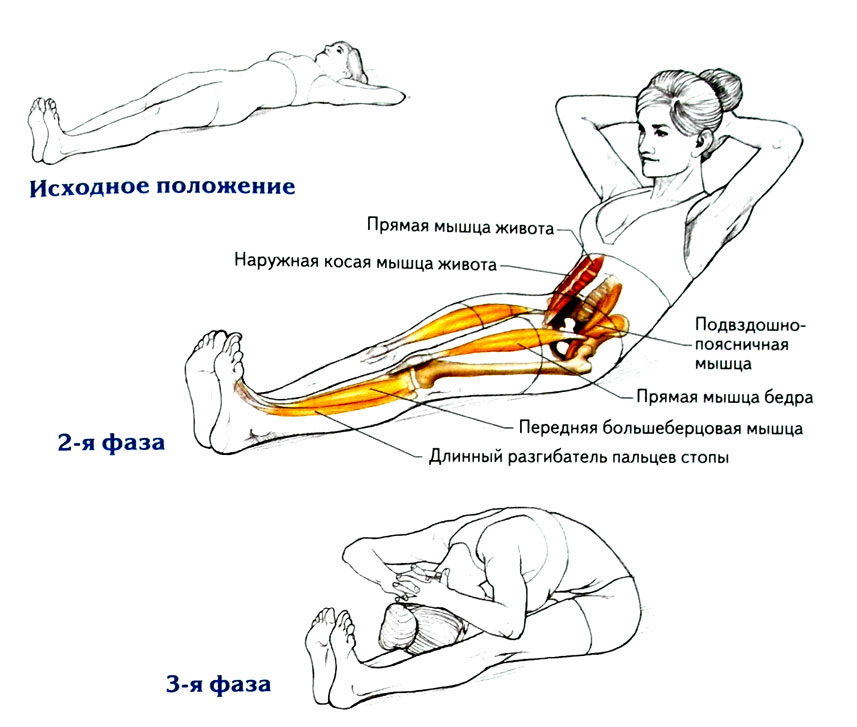
Carbohydrates are a source of energy. If they are severely limited, the body will begin to "borrow" energy from the muscles. Slow carbohydrates include cereals, cereals, legumes, which are best eaten for breakfast. You can not completely exclude fast carbohydrates, otherwise, with intense loads, you can earn a glucose deficiency.
Saturated and unsaturated fats support bone density, hormonal stability. They should be on the menu daily, but in moderation.
Fiber is a regulator of metabolic processes. Vegetables can be eaten for lunch and dinner, fruits can be used as a snack.
You can enrich your diet with the help of specialized products. For example, a series of Nutridrink Compact Protein mixes, ready to use.
How much you need to eat - determined personally - based on the set sports goals. The nutrition of a young man who wants to gain muscle mass is different from the menu of a middle-aged woman who exercises only for the sake of losing weight. For advice, it is better to consult a nutritionist.
If physical activity is completely abandoned during the recovery period, the muscles will quickly lose tone and elasticity. Recommended between workouts:
• Light cardio - cycling, jogging, elliptical. They accelerate the "cleansing" of muscle tissue from lactate.
• Stretching in light mode. Stretching exercises support sports form, improve blood circulation, and accelerate the removal of krepatura.
It is important to work with the minimum allowable load.
Sleep is the best state for the recovery of the body. During a night's sleep, brain activity decreases, but the processes of hormone production start. Firstly, melatonin, which regulates biorhythms, body temperature, respiratory rate and a host of other important processes for the body. Secondly, somatropin, which is responsible for the growth of muscle fibers. The production of "important" hormones occurs from 23 to 2 hours, so it is recommended to go to bed no later than 22:30.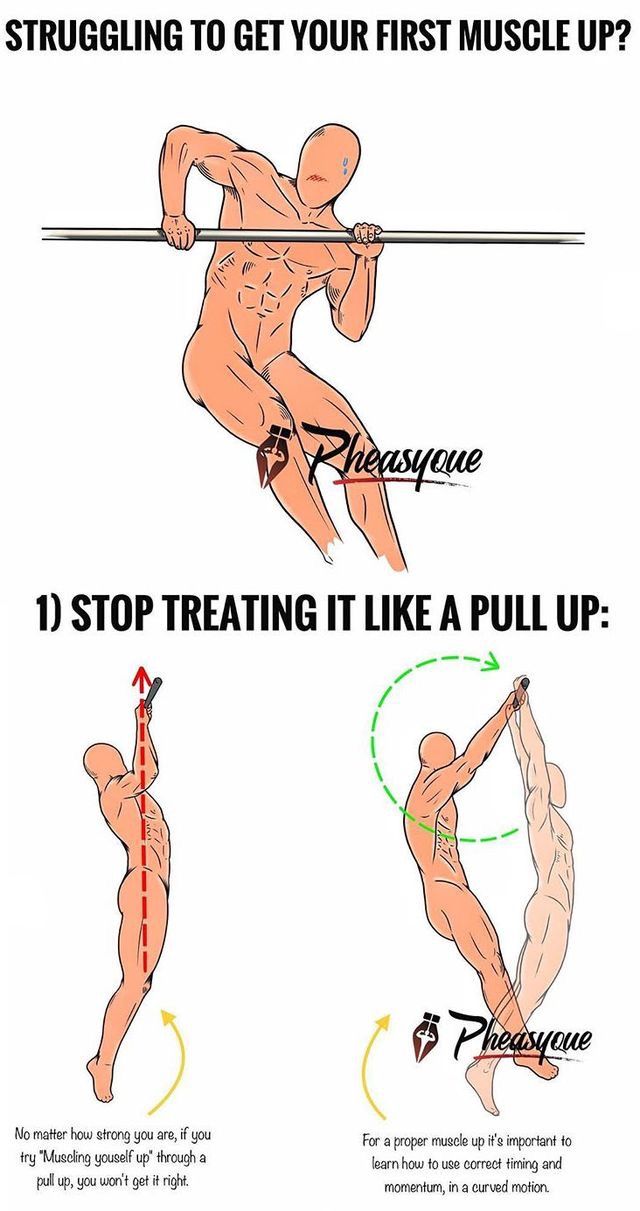
Insomnia after going to the gym is the result of an incorrectly designed training program. Sports activities increase the pulse, sweating, excite the nervous system. Excessive arousal is stress for the body, in which the level of cortisol rises.
Athletes take vitamin-mineral complexes for the full assimilation of nutrients, accelerating the growth of muscle mass, and increasing endurance. In addition, in sports there is a risk of injury, the prevention of which is to strengthen bones with the help of vitamins and minerals. The most significant substances for the formation, strengthening, recovery of muscles are amino acids. They are produced in tablets, capsules, with various additives. Athletes demand dietary supplements with amino acids.
In addition to amino acids, athletes are recommended:
• Vitamins for immunity. A high immune status allows you to withstand heavy physical exertion, train outside in any weather, and not miss important competitions due to illness.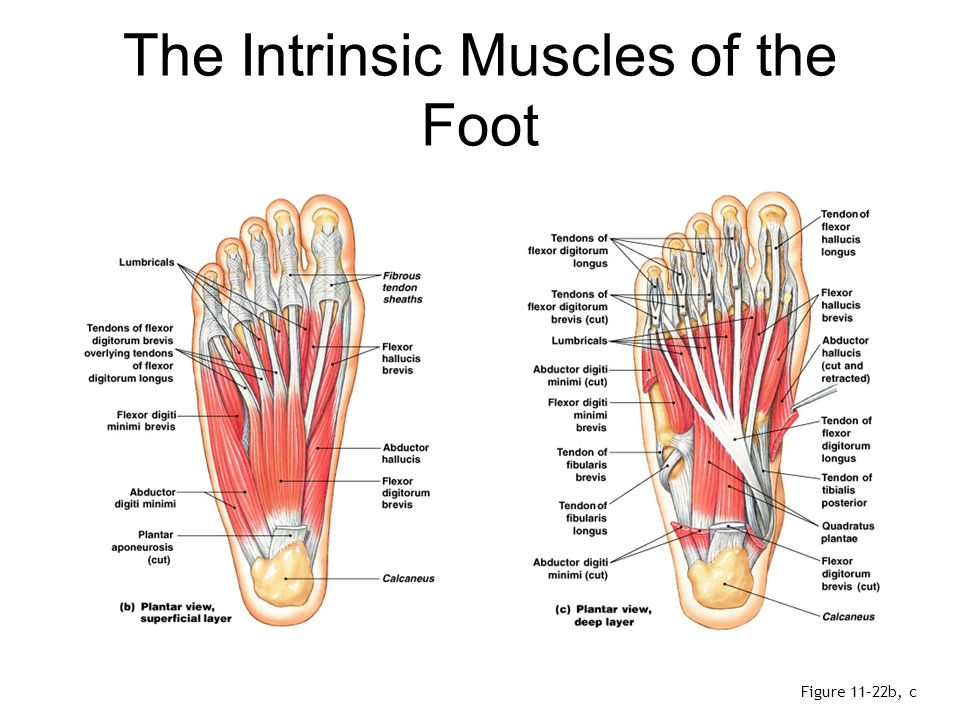
• Vitamins with calcium. They provide strong bones.
• Multivitamin complexes. Necessary to maintain normal carbohydrate, fat, protein, vitamin metabolism.
• Vitamins with magnesium. With overstrain of the legs after the competition, they help to stop pain, spasms, tingling sensations in the muscles.
Subject to all the rules, the recovery period will pass quickly - without discomfort and in a good mood.
Muscle pain, apathy, loss of motivation - not an indicator of your weakness. This is only evidence that the body did not have time to recover from the previous load. After a workout, it is important to give the body the opportunity to rest from stress and recover for the next lesson. The better the recovery, the more likely it is to turn everything gained by hard training into an excellent result. For a quick recovery, you need to follow simple rules on the daily routine and nutrition, as well as use additional funds that will help restore strength and desire to train.
So what helps you recover faster after a workout?
The rate at which your body recovers depends on how you eat. The diet should be balanced, ie. proteins, fats, carbohydrates, vitamins, trace elements and water must be present in the required proportions and contain enough calories.
Can't find a snack to your taste? Try one of these ways to quickly refresh yourself.
The body spends energy on physical exercises, which must be restored at the end of the session.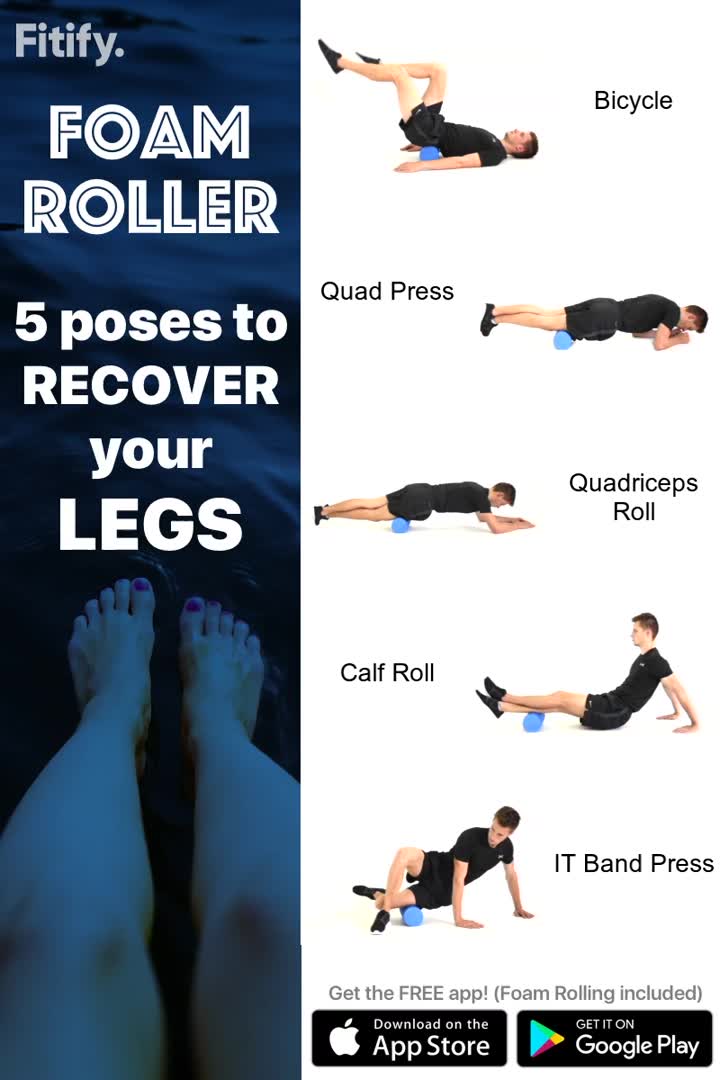 Immediately after training, it is worth taking a serving of protein, which will protect the muscles from damage and help the body recover. After an hour, you need to take a portion of carbohydrates and replenish glycogen. Don't forget to drink during and after your workout!
Immediately after training, it is worth taking a serving of protein, which will protect the muscles from damage and help the body recover. After an hour, you need to take a portion of carbohydrates and replenish glycogen. Don't forget to drink during and after your workout!
Not sure what to eat after a tough workout? Try one of these quick fixes:
The main condition for recovery after a workout is a sufficient amount of sleep. In a dream, there is an intensive restoration of the body as a whole and muscles in particular. The required duration of sleep depends on the individual characteristics of the body and averages 8 hours.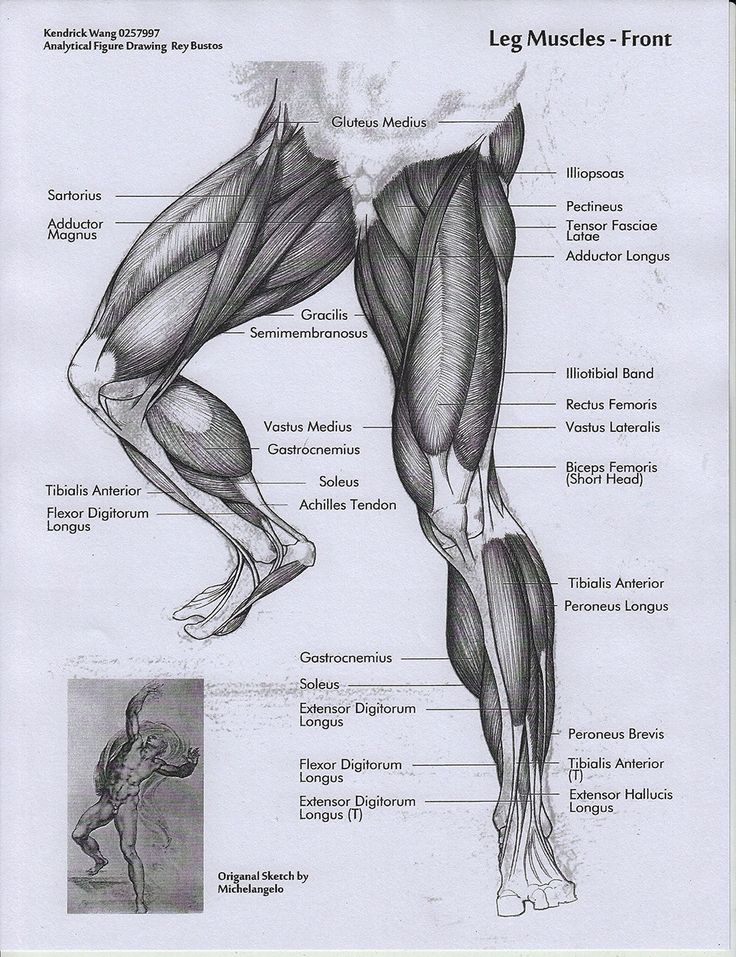 Lack of sleep can lead to an increase in the time it takes the body to recover, problems with concentration, and feeling unwell.
Lack of sleep can lead to an increase in the time it takes the body to recover, problems with concentration, and feeling unwell.
You should never skip a warm-up - during this time you prepare for training not only the muscles and joints, but also the nervous and cardiovascular systems. Subsequent training will not become a “shock” for the body, and the concentration of lactic acid (lactate) in the blood and muscles will decrease. A hitch helps tired muscles get rid of accumulated hydrogen ions and utilize lactic acid, so the athlete feels much better after training: the muscles will not be so stiff and heavy, the risk of injury will decrease, fatigue will be much less, and mood will be better. Stretching exercises are great as a hitch.
Massage is the best tool for quick regeneration after training. Massage enhances blood circulation in muscles and internal organs, relaxes overstressed and relieves pain in damaged muscles, improves muscle regeneration and recovery processes, enhances lymph flow, activates metabolic processes and eliminates congestion in tissues, improves joint mobility.
A warm bath increases circulation and metabolic processes in the body, and relaxes the muscles. Take a bath no later than 2-3 hours after training, best before bed. Cold baths are less commonly taken for recovery, usually to relieve muscle pain. Blood drains from the vessels, reducing tension in the muscles, and flows again after the procedure, helping to flush out decay products from the body. It is recommended to drink hot tea after a cool bath and cover yourself with a blanket.
Russian bath and Turkish sauna are one of the oldest ways to get rid of fatigue. The body temperature rises, the heart rate and respiratory rate increase, the flow of arterial blood into the tissues of the body increases, and decay products are excreted. All this contributes to the speedy recovery of the body after physical activity.
A contrast shower has a positive effect on blood vessels, ligaments, and connective tissue.